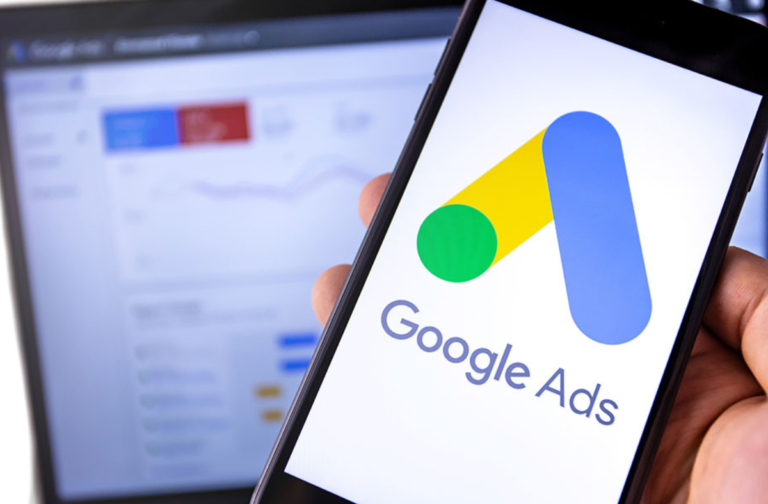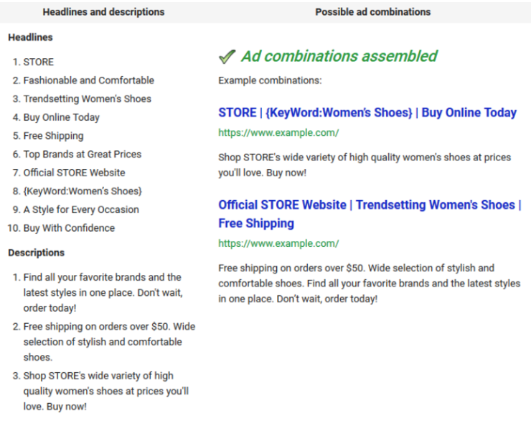After June 30th, You Won’t Be Able to Update Expanded Text Ads
One thing that is constant is change, especially at Google!
Starting June 30th, 2022, you will no longer be able to create or edit Expanded Text ads. Google’s move to sunset Expanded Text Ads is part of their push for automation with Responsive Search ads, which use machine learning to show more relevant ads to more people.
The ways people are using search engines are evolving; every day, 15% of search queries are new searches that Google hasn’t yet seen. Responsive Search ads are designed to adapt to “show the right message for the right query” by learning which combination of headlines and descriptions performs the best and then finding the best message specific to that user. This can improve your campaign’s performance, drive incremental conversions, and save you time by having to create fewer ads.

Expanded Text Ads Vs. Responsive Search Ads: What’s The Difference?
What’s the difference between Expanded Text ads and Responsive Search ads?
- Have the option of three headline fields (separated by a vertical pipe “|”)
- Have two 90-character description fields
- Are mobile-optimized
- Use your final URL as the display domain (ex. If your final URL is www.example.com/outdoor/hiking/shoes, your ad’s display URL will show as www.example.com).
- Have two optional “Path” fields for the display URL – You can combine your display URL with up to two new “Path” fields, which helps people know where the link will take them.

Responsive Search Ads
Responsive Search ads allow you to create an ad that adapts to show more relevant messages to your customers.
How it works: By entering multiple headlines and descriptions when creating your ad, Google advertising automatically tests out different combinations to discover which combos work the best for your business. Essentially, the more headlines (up to 15) and descriptions (up to 4) you enter, the better, because this gives Google Ads more opportunities to serve customized ads in response to the query. It’s important to add as much unique content as possible and avoid repetition — Google won’t show your ad if the headline and description are too similar!
Google Ads takes these combos and formulates an ad with a maximum of 3 headlines and 2 descriptions, shown in different combinations and orders, according to relevancy. Using the power of machine learning, Google Ads will eventually learn which combinations are the most relevant for different queries by testing the most promising ad combos. Watch this 2- minute tutorial to see how it’s done.

What You Need To Know
- After June 30, 2022, you’ll no longer be able to create or edit Expanded Text ads
- You will be able to pause, resume or delete the Expanded Text ads (the existing ads can run as is, you just can’t change them).
- Expanded Text ads will continue to serve, and you’ll still see reports on their performance going forward.
- It is a best practice to have at least one Responsive Search ad in every ad group of your Search campaigns.
Set Up for Success
To get the most out of your Responsive Search ads, Google recommends: repurposing your top-performing content from your Expanded Text ads, using ad variations, “pinning” specific content you want in the ad, and checking your Recommendations page for customized suggestions to improve your ads.
How We Can Help
The digital marketing world moves fast and the changes can seem challenging to keep up with — it helps to have someone who knows the ropes. Bluetrain is a certified Google Partner and has managed millions of ad spend since 2007, so you can rely on us to manage your digital strategy.
Our advertising specialists can help simplify the transition from Expanded Texts ads to Responsive Search ads, and ensure your ad campaigns are operating to best practices.
Send us an email to learn more about making your online marketing success!